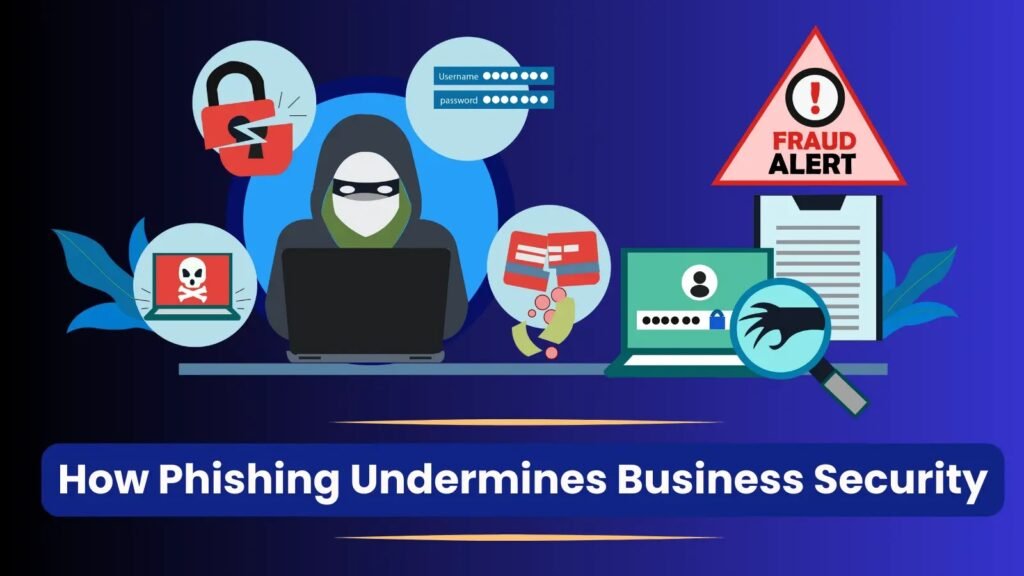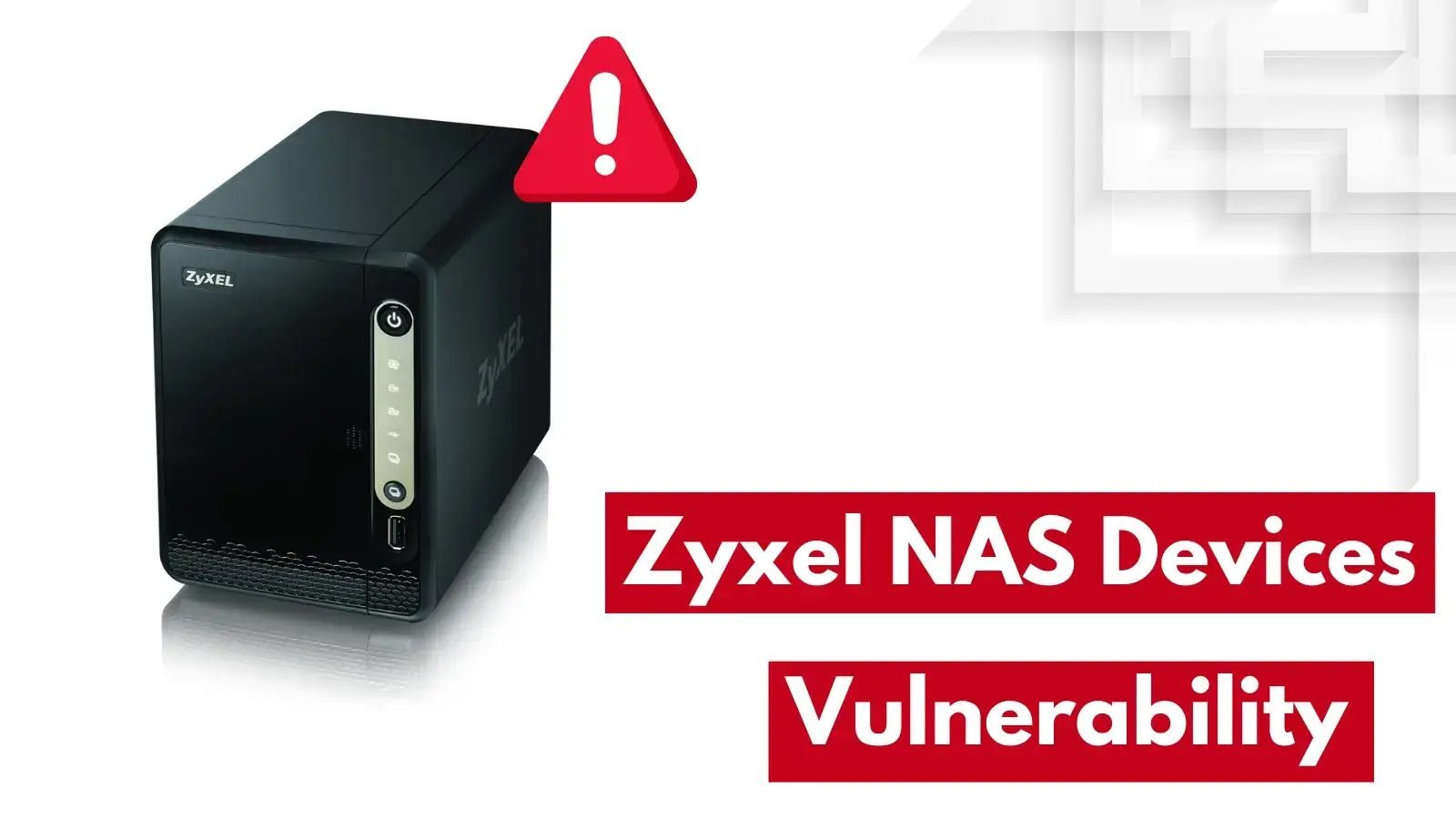The Invisible Threat: How Phishing Undermines Business Security
In an era where technology intertwines intricately with every facet of business operations, cybersecurity emerges as a buzzword and a cornerstone of organizational integrity.
But have you ever considered how vulnerable your business might be in the digital battlefield? One insidious player often slips through the cracks among many cyber threats—QR Code phishing. This deceptive practice, a staple in the arsenal of social engineering, has evolved into a formidable adversary against business security.
The Human Factor: A Cybersecurity Achilles’ Heel
The age-old adage, “a chain is only as strong as its weakest link,” finds profound relevance in cybersecurity. It is no revelation that the human element often bears this dubious distinction.
The McAfee and Dell Technologies Global Small Business Study provides insight into this vulnerability. A staggering 73% of small businesses globally recognize cybersecurity as their most significant risk. Yet, despite this awareness, 44% of these businesses have tasted the bitter pill of a cyberattack.
The fallout? A trifecta of dire consequences: compromised customer data (38%), lost passwords (34%), and the loss of other critical files (34%). This chilling reality begs a question – have we been underestimating the human factor in cybersecurity?
The Rising Tide of Social Engineering Attacks
The threat landscape is evolving, with social engineering attacks rising menacingly. The Data Breach Investigations Report by Verizone paints a stark picture: 74% of breaches involve a human element, be it through error, misuse of privileges, stolen credentials, or cunning social engineering tactics. Within this spectrum, phishing remains dominant. I
t is a sobering thought that email, the seemingly innocuous tool of everyday communication, has become a favored channel for these attacks. Verizone’s report further explains that attackers primarily leverage stolen credentials, exploit vulnerabilities, and phishing – accounting for around 30% of breach methods.
The Evolution and Impact of Phishing Attacks
As we venture deeper into the digital era, phishing attacks have become more frequent and alarmingly sophisticated.

The numbers tell a harrowing tale: for example, in the third quarter of 2023, Vade detected a 173% surge in phishing volumes compared to the preceding quarter.
These are not just random, amateur attempts; they are well-crafted schemes. What is the catalyst behind this ominous trend? Artificial intelligence. Today’s phishing emails are crafted with such linguistic precision that they easily bypass the radar of even the most vigilant.
The use of AI for translating emails into various rare and complex languages has made phishing a global menace, not limited by linguistic barriers. The payload? Often, it’s malware, cunningly disguised in seemingly innocuous Word, Excel, or PDF documents.
But what does this mean for businesses? The impact is twofold: breach of sensitive data – the most likely outcome, shaking the very foundation of client trust, and a financial blow in the form of forced payments to cyber criminals, with phishing being the primary entry point in over 40% of ransomware incidents. In this high-stakes game, the stakes are nothing short of a company’s survival.
The Challenge of Cybersecurity Training and Awareness
At first glance, the solution seems straightforward, isn’t it? Educate your staff, and the problem is solved. However, the reality is far from simple.
On one end of the spectrum, you have overconfident employers who strongly believe they can outsmart cybercriminals. On the other, small businesses grappling with budget constraints, often lacking IT departments, dedicated employees, and even time for dealing with cybersecurity issues.
However, let’s at least imagine that you invested as much in staff education as possible. The irony? Even when companies do invest in cybersecurity training, the unpredictable nature of human emotions remains a wild card.
Can you truly guarantee that none of your employees will fall for the lure of a phishing email, especially when it is as enticing as a free trip to Hawaii?
This predicament leads us to an uncomfortable but necessary contemplation: is training enough to shield businesses from the cunning of phishing attacks?
Strengthening Defenses: The Role of Web Filtering
Enter the unsung hero in the battle against phishing: web filtering. This tool is not just about stopping employees from accessing non-work-related sites; it is the first and probably the most critical line of defense against phishing.
SafeDNS stands out in this regard. Even if one of your employees accidentally opens a random phishing email, this tool will prevent them from following the malicious link.
Because these links are generated constantly, some filtering tools may not classify them as phishing, but not SafeDNS.
Unlike conventional filters, SafeDNS quarantines new domains and URLs until they are categorized, effectively cutting off the phishing attack at its root. This approach protects against known threats, the unknown, the new, and the unpredictable.
However, the benefits of web filtering extend beyond cybersecurity. These tools also safeguard employees’ mental well-being and boost productivity by restricting access to explicit content and potential timewasters.
In the grand chessboard of cybersecurity, tools like SafeDNS are like strategic knights, protecting the king – your business – from unseen threats.
In the intricate dance of cybersecurity, where every step could lead to triumph or downfall, one thing is clear: the threat of phishing is as invisible as it is insidious.
We have journeyed through chilling statistics, the evolution of phishing into a sophisticated AI-driven threat, and the paradox of cybersecurity training. While education is a vital shield, it is not impervious to the cunning of social engineering.
So, where does this leave businesses, especially the smaller ones, grappling with resource constraints? The answer lies in a multi-layered defense strategy.
Training is essential but must be complemented with robust technological safeguards like web filtering.
As we stand on the precipice of an increasingly digital future, one question lingers: Is your business prepared to face the invisible threat of phishing, or will it be the next unwitting victim in this digital chess game? The answer, as always, lies in our willingness to adapt, learn, and fortify our defenses against the unseen enemy.
Tools like SafeDNS are not just filters; they are digital sentinels, guarding the gates against the ever-evolving threats of the cyber world.






